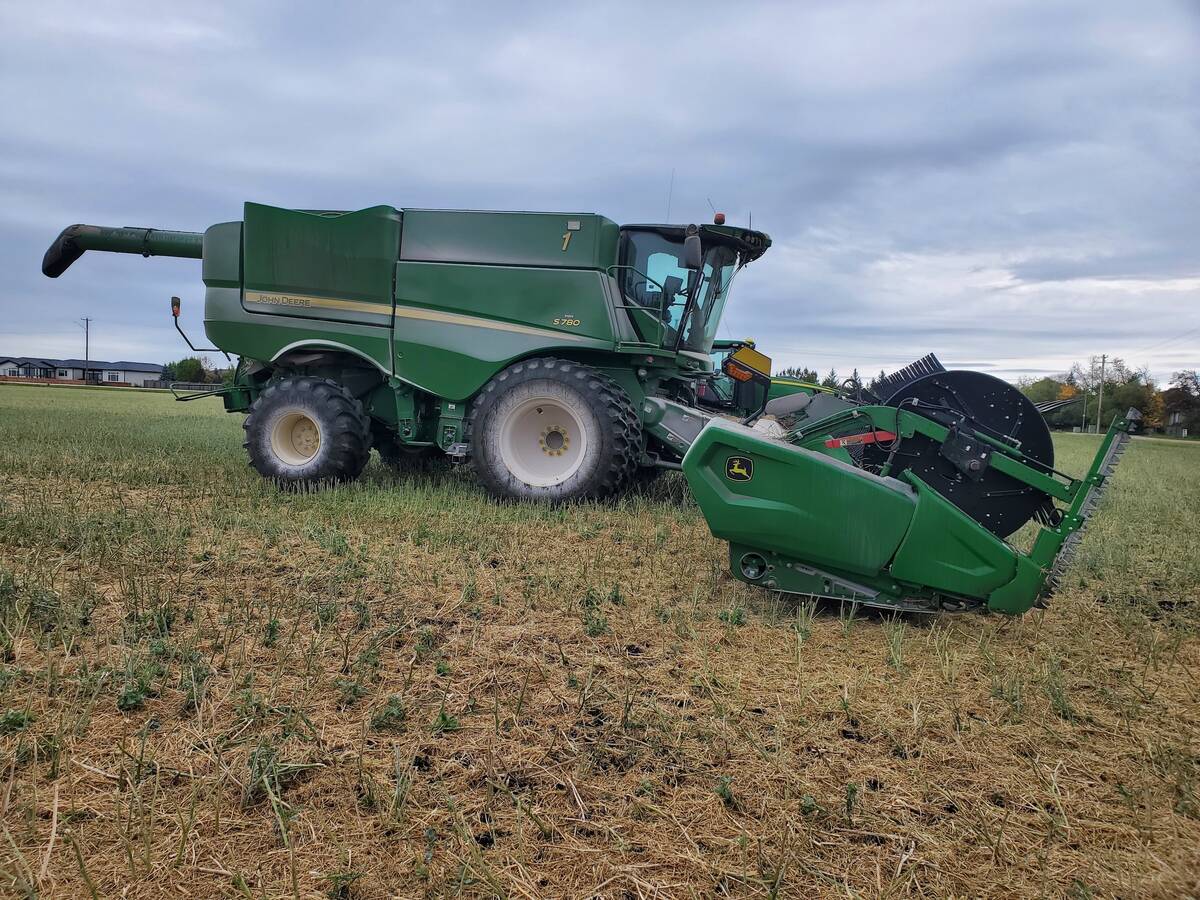The Alberta government has relaxed its rules involving which cattle are tested for BSE. The change is designed to boost the number of animals tested.
Dr. Gerald Hauer, Alberta’s chief provincial veterinarian, said changes were needed to meet international standards designed to demonstrate the safety of Canadian meat.
“It’s important to get numbers. It’s a bit of a numbers game,” said Hauer,” of Edmonton.
Those changes included:
- Cattle older than 30 months, without an upper age limit, that shows one or more neurological signs, are now eligible for testing.
- Animals from 30 to 107 months of age that became injured, down or dead post calving or post surgery are now accepted into the program.
- Cattle from 30 to 107 months that are unfit for human consumption or transportation may be eligible if they qualify under one of the five categories: neurological, diseased, distressed, downer or dead.
Read Also

Powdery mildew can be combine fire risk
Dust from powdery mildew can cause fires in combines.
After BSE was discovered in a northern Alberta cow in 2003, tests were increased to detect and control the spread of BSE in Canadian cattle and to ensure Canada’s trading partners that Canadian cattle were a low risk of contracting BSE. The tests focused on cattle within the age group that were most at risk for contracting the brain wasting disease.
In July 2008, changes were made to narrow the scope of the tests and focus on animals that were worth the most points with the OIE, the international testing body.
After the changes, the number dropped below the 12,000 to 14,000 animals they hoped to be submitted for testing.
BSE Enhanced surveillance testing program
2004- 23,550 tested – 0 positive
2005- 57,766 tested – 2 positive
2006 – 55,415 tested – 5 positive
2007 – 58, 174 tested – 3 positive
2008 – 48,804 tested – 4 positive
2009 – 34,617 tested – 1 positive
















